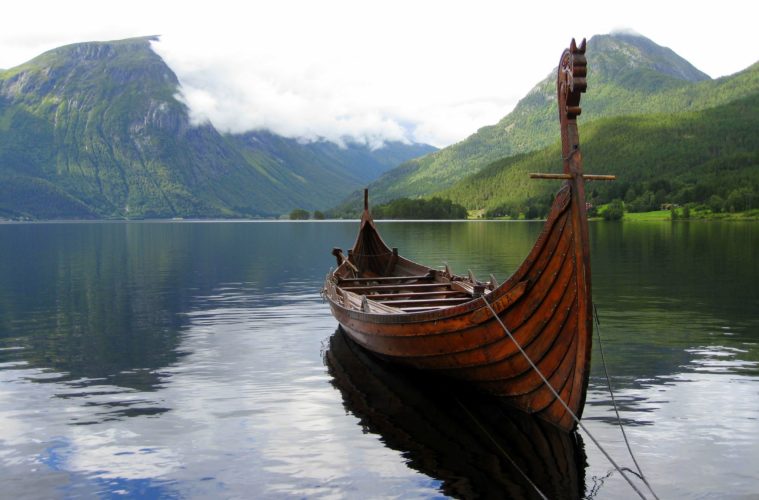Norway is a Scandinavian country that’s known for its ancient Viking culture. According to The Conversation, the word “Viking” is derived from the Old Norse which refers to a person who was active in trading and settling as well as raiding and piracy across the sea. Scholars who specialize in the culture actually insist that the Viking aren’t exactly what we know them to be. Many of them did pillage and trade across Europe, but they were also involved in multicultural activities, were inclusive of people who weren’t of Nordic ethnicity, and were adept at growing their own food. In other words, our idea of Vikings may not be that historically accurate. If you want to know more about this ancient culture, then a visit to their country of origin would be a wonderful way to start.
Table of Contents
Viking Ship Museum
No journey into Viking culture is complete without seeing their legendary ships with your own eyes. The Viking Ship Museum in Oslo is home to two of the world’s best-preserved ancient Viking long ships. Here, you can also see discoveries from Tune, Gokstad, Oseberg, the Oslo Fjord, and other nearby places from which the oldest Viking artifacts in the world were found.
Bronseplassenn
Bronseplassen in Lillesand is an impressive and historically accurate reconstruction of a Viking settlement from the Bronze Age. Complete with its own Viking handicrafts market, men and women in period-accurate costumes, Viking structures, and real weapons, Bronseplassen is a living classroom of ancient Scandinavian lore. They also offer team building exercises based on Viking activities, including a part where you get to feast on a traditionally roasted leg of lamb.
Stiklestad and the St. Olav Festival
This town was the site of the 1030 battle between the local Viking chieftains and the Christian forces of King Olav Haraldsson, who was declared a saint after he fell in the ancient skirmish. Norwaves suggest that the battle had a major impact on the introduction of Christianity to Norway and its establishment as a medieval state. Today, Stiklestad has a National Culture Centre that regularly features “The Saint Olav Drama,” a play that happens at the oldest and largest outdoor theater in Scandinavia. You can catch it in July, during the Saint Olav Festival.
Viking Swords Monument
The three towering swords of Stavagner commemorate the Battle of Hafrsfjord in 872. It was fought between warring Viking chiefs, and after the dust settled, King Harald Fair Hair emerged victorious, allowing him to unite the three Norwegian districts into a single kingdom.
Discover the Viking within you with these games
Visiting these sites can give you a much more accurate idea of what the Vikings truly were. The stories and artifacts you’ll find at these locations are the very roots of the modern Viking action star we see in movies and TV. And even though those types of Vikings aren’t always historically accurate, they do their part in inspiring folks to actually visit the Nordic countries and see what the Vikings were really all about. History Channel’s Vikings is doubtless responsible for luring tourists to Norway as well as certain sites in the UK that were historically settled by Vikings. In much the same way, Slingo Slots, Viking-inspired digital games – Vikings Go to Hell, Vikings Go Wild, Asgardian Stones, and Spell of Odin – have, in their own way, highlighted the history behind Norse mythology and Viking culture in general. The fascinating Viking imagery and descriptions in these games serve as a new way to learn about the culture. Whether you like them or not, these modern interpretations of Vikings are actually increasing people’s curiosity about the ancient and often-misunderstood Nordic people.
Looking for more indigenous European history like the Vikings
If gorgeous and historic Norway fails to fully satiate your craving for ancient indigenous European history, you can also check out our travel tips for Arctic Russia here on Maverickbird. Just like the Nordic countries, Arctic Russia offers a cold and rugged environment that is still very much in touch with its indigenous roots. We can learn a lot from our ancient histories.
Featured Photo Credit – Bente Engeseth / Municipality of Volda
RESPONSIBLE TRAVELING-BECAUSE I CARE





